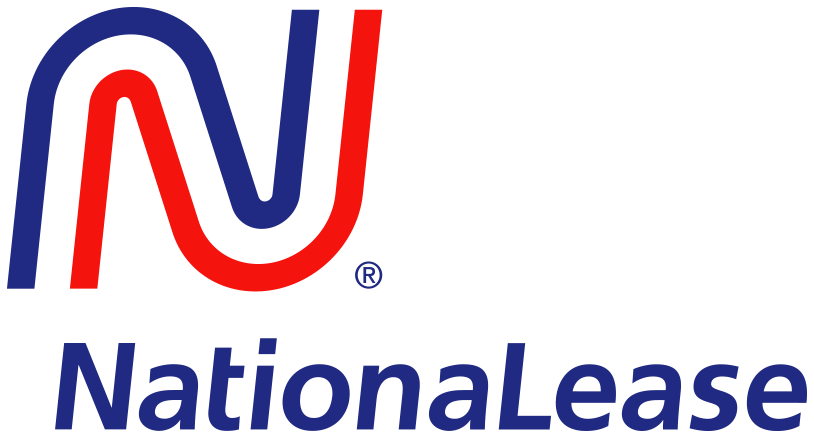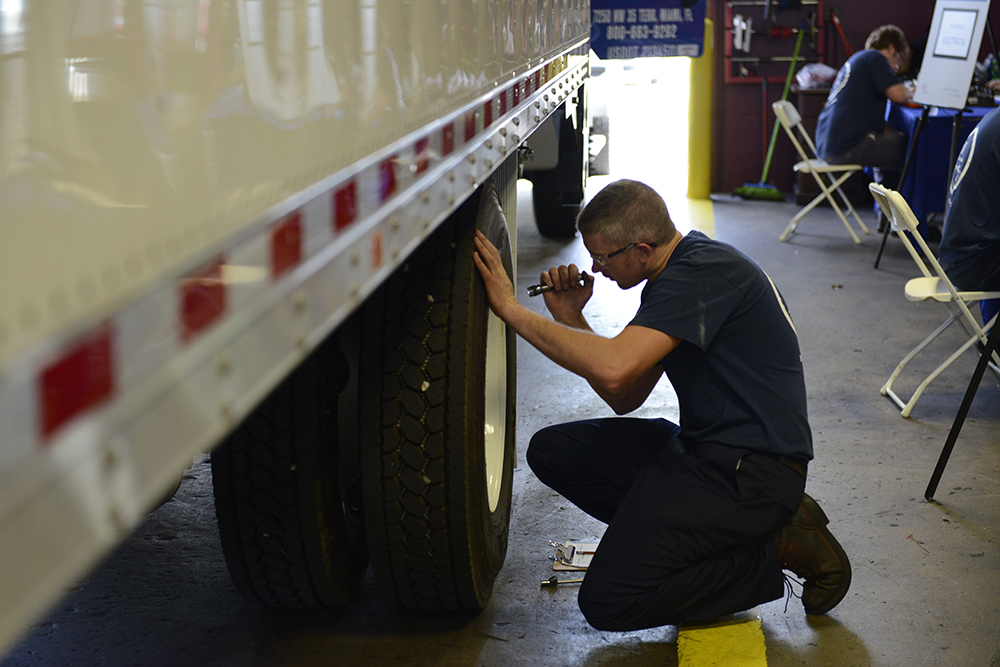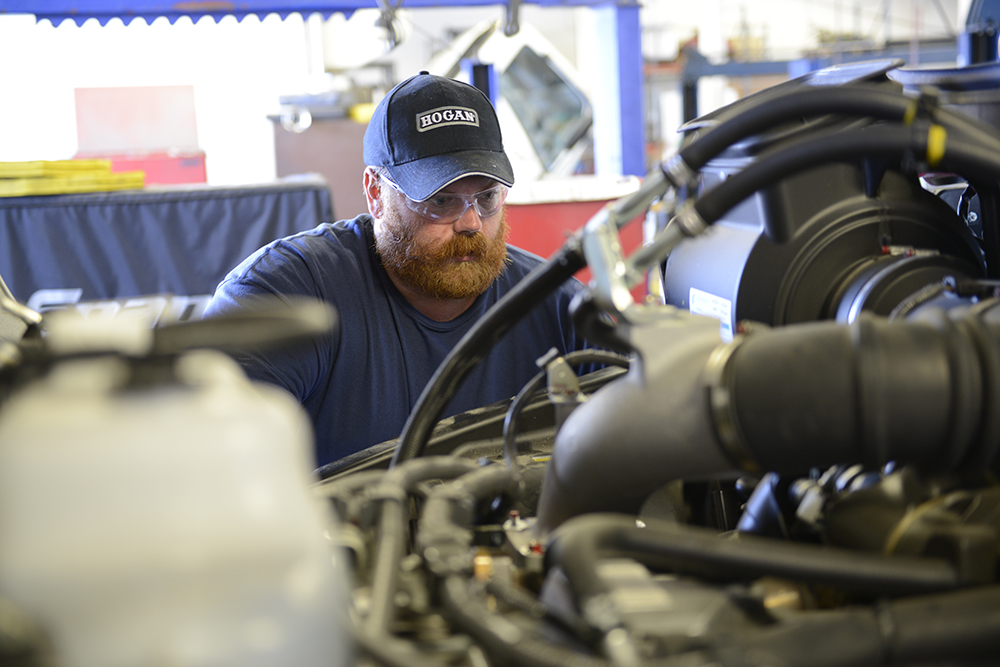In just a few weeks, the Commercial Vehicle Safety Alliance (CVSA) will be hosting their annual Brake Safety Week, scheduled for the week of August 24-30, 2025.
During this time, law enforcement in the U.S., Canada, and Mexico will be conducting inspections and collecting data on brake-related violations to help stress the importance of brake safety. Drums and rotors have been chosen as this year’s area of emphasis, meaning inspections will pay particular attention to these components. Any trucks with out-of-service violations, brake-related or not, will be removed from the road.
To help ensure your fleet is as ready as possible for Brake Safety Week, we asked Joe Puff, Vice President of Truck Technology and Maintenance at NationaLease, for his expert guidance on how to prepare.
Checking for kinks in air lines
If you’re not sure where to start, the CVSA has several resources available on their website, including a detailed checklist, so fleets can know exactly what inspectors will be looking for during Brake Safety Week.
However, there are a few items to also watch out for that aren’t mentioned. For example, kinks in air lines will result in a violation if found during an inspection. Plastic coiled air lines that connect the tractor and trailer are particularly prone and can’t be unkinked when this occurs. Puff notes that the CVSA checklist specifies inspecting for, “[c]hafing or rubbing air lines against other air lines and/or other components” and “[a]ir lines that are worn to the extent that the diameter of the hose has been reduced.” Dry rotted lines can also be a violation.
If you notice any kinked air lines, be sure to replace these to avoid an out-of-service violation.
Air leaks: brakes applied & unapplied
Inspecting brake systems for air leaks is another item on CVSA’s checklist. They don’t, however, clarify if these tests are performed with the brakes applied or not, which according to Puff, makes a difference in whether or not the system may leak. His recommendation? Test both scenarios. That way, no matter how the test is performed during an inspection, you’ll know your trucks are compliant.
Don’t forget your tires
It’s easy to focus so much on all the various parts of your braking systems that you end up overlooking an obvious piece—tires. Naturally, an inspector will be closely examining every tire when they’re looking over the brakes, so don’t forget to take care of any tire issues while you’re at it.
Puff suggests covering all the common areas that result in out-of-service violations for tires to be on the safe side: insufficient tread depth, visible damage, exceeding load limit, underinflation, and so on. A full checklist of federal guidelines for tires can be found here.
Low air pressure warning devices
Low air pressure warning devices are often overlooked yet can be a significant hazard if not in good working order. These warning systems are intended to alert you to low air system working pressure that operates braking, suspension, and other air-operated components. This can also be a cause for a violation.
Perform tests to confirm that the warning light is operational, in addition to the corresponding valves, gauges, and governors.
There’s still time to get your fleet’s braking systems in good working order before the start of Brake Safety Week on August 24. No matter what needs to be repaired or replaced, you can rely on exceptional maintenance at one of our 1,000+ service locations across the U.S. and Canada. Contact us today to learn more about our contract maintenance services.




